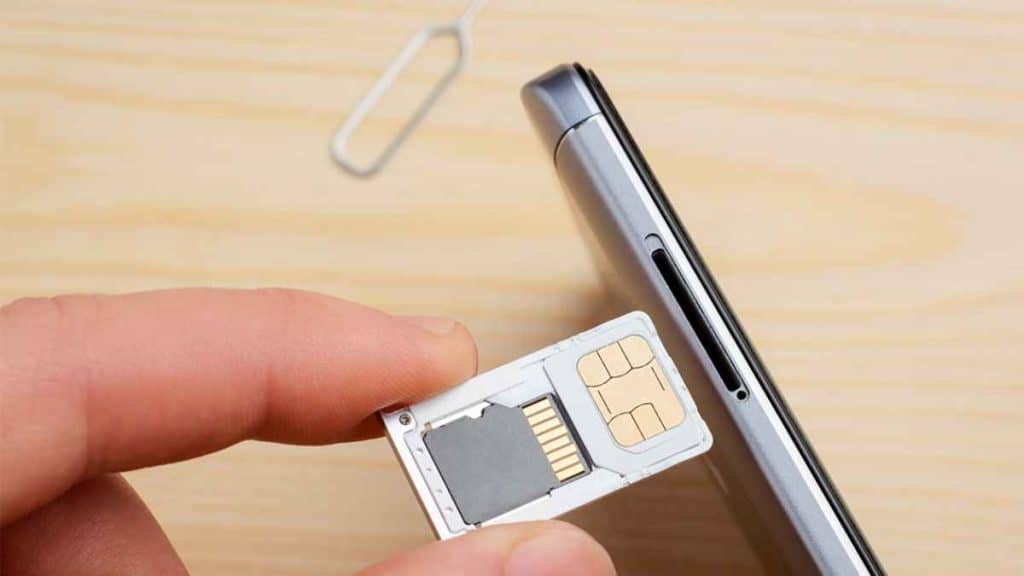One particularly malicious form of cybercrime is SIM swapping. The crime involves hackers taking control of a victim’s phone number and using it to gain access to the victim’s accounts, steal personal information, and commit fraud. If you suspect that you may have been the victim of SIM swapping, it’s important to take immediate action to protect your accounts and personal information.
SIM swapping is a type of identity theft that involves hackers gaining control of a victim’s phone number by tricking the victim’s mobile carrier into transferring the number to a SIM card in the hacker’s possession. Once the hacker has control of the victim’s phone number, they can use it to gain access to the victim’s accounts that rely on two-factor authentication (2FA) via text messages. For example, if the victim’s email account is protected by 2FA, the hacker can use the victim’s phone number to receive the authentication code and gain access to the account. Hackers often use these types of attaches to steal crypto currency from popular exchanges, including Coinbase.
There are several signs that may indicate that you’ve been the victim of SIM swapping. The most obvious sign is that your phone stops working. This can happen when the hacker takes control of your phone number, and the mobile carrier deactivates your SIM card. If you can’t make or receive calls or access the internet, it’s possible that your phone number has been swapped. Additionally, if you start receiving unexpected text messages or calls, it’s possible that your phone number has been used by someone else. Hackers may use your phone number to gain access to your accounts or to send messages to your contacts.
Another sign of SIM swapping is unauthorized changes to your accounts. If you notice unauthorized transactions or changes to your accounts, it’s possible that your accounts have been compromised. SIM swappers often use the victim’s phone number to gain access to their accounts, change passwords, and make fraudulent transactions. Additionally, if you receive notifications about changes to your accounts that you didn’t authorize, it’s possible that your accounts have been compromised. SIM swappers often change the victim’s account settings to prevent the victim from receiving notifications about fraudulent activity.
If you suspect that you’ve been the victim of SIM swapping, there are several steps that you should take immediately. Firstly, contact your mobile carrier and report the issue. Carriers, like T-Mobile, may be able to reverse the SIM swap and restore your phone number to your SIM card. They may also be able to provide you with additional security measures to protect your account. Secondly, change the passwords for all of your accounts that rely on text message authentication. This includes email accounts, social media accounts, and financial accounts. Use strong, unique passwords for each account, and enable two-factor authentication using an app or a physical security key instead of text messages. Finally, monitor your accounts regularly for any unauthorized activity. Check your transaction history and account settings to make sure that everything is in order.
If you notice any unauthorized activity, contact the relevant companies immediately and report the fraud. You should also immediately contact a SIM swap attorney. You may be able to sue your mobile carrier to recover stolen money or cryptocurrency.

